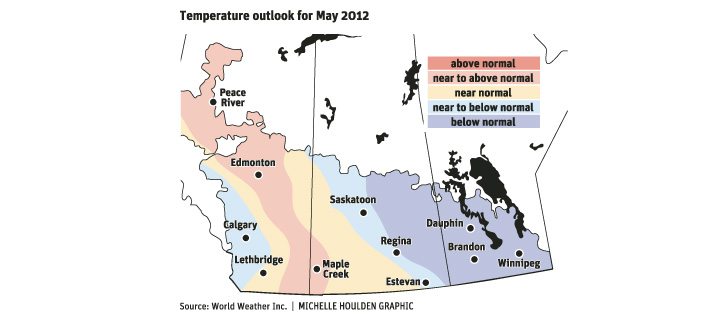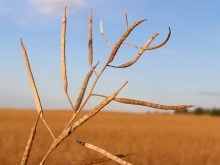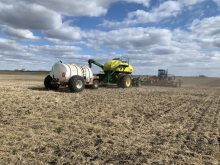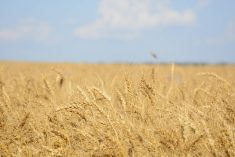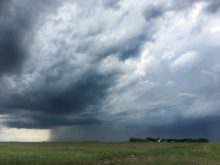U.S. weather forecasters dispute Environment Canada’s outlook for above normal temperatures on the Canadian Prairies this summer.
“I actually did a couple of studies and they both come up with the same general solution that it will not be a hot summer. There will be a tendency for cooler than usual conditions to occur,” said Drew Lerner, president of World Weather Inc. in Kansas.
His forecast meshes with one prepared by the U.S. National Oceanic and Atmospheric Administration (NOAA), which calls for below normal temperatures in Montana and the western half of North Dakota in May, June and July.
Read Also

Phosphate prices to remain high
Phosphate prices are expected to remain elevated, according to Mosaic’s president.
NOAA does not conduct forecasts for Canada, but its map showing the potential for cool temperatures in Montana and North Dakota extends into Saskatchewan, Alberta and southwestern Manitoba.
Lerner based his forecast on a statistical hunch that Mother Nature will break the recent trend of warmer-than-normal weather, as well as on an 18-year weather cycle that should bring cool conditions to Western Canada.
“We can go back and look at many years that look very similar to this (year), so the confidence is very high that we’ll go down this road,” he said.
Lerner believes cool conditions will be more prevalent in Manitoba and eastern Saskatchewan in May and June and then shift toward the southwestern Prairies. Alberta may start the growing season with normal to slightly above normal temperatures before cooling off in June.
He forecasts good moisture throughout the summer for at least two-thirds of the Prairies. The only dry spots he sees are in Alberta’s Peace River area, southeastern Saskatchewan and southern Manitoba.
The extent of dryness in the southeastern Prairies will depend on a high-pressure ridge in the United States. The stronger the ridge becomes and the further it pushes into Canada, the drier it will be in that area.
“That’s what we’re going to be watching,” he said.
Wet, cool weather in the early growing season could delay seeding and crop growth in some areas, he said.
“This crop will mature a little bit slower, so that’s the thing we have to worry about,” he said.
Farmers may need a little extra time in the fall to harvest the 2012 crop, which elevates the potential for frost damage.
The NOAA three-month forecast calls for above normal temperatures across a large swath of the southern U.S., including a large portion of Texas, a key winter wheat producing state that suffered severe drought last year.
Lerner agreed that the southern Plains is in for a hotter than usual summer, but he doesn’t think that will threaten the winter wheat crop because plenty of rain is also forecast.
“I’m sure that by the time we get any kind of extreme weather going, the crop is going to be around the corner,” he said.
However, there is lingering concern over the winter wheat crop in the northern Midwest where soft wheat dominates.
The U.S. experienced the warmest March on record with an average temperature of 10.6 C, which was 4.8 C hotter than the 20th century average.
Twenty-five states broke records for the hottest March.
Dennis Todey, state climatologist for South Dakota, said that caused winter wheat in the northern Midwest to break dormancy early.
“Because plants were so far along and they had accumulated so much heat, they were ripe for a freeze,” he said.
And that’s exactly what happened in early April. Farmers are still assessing losses to the winter wheat crop in that area.


